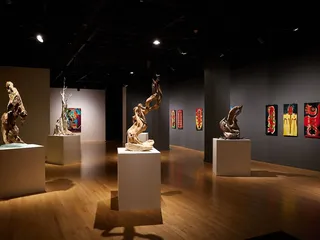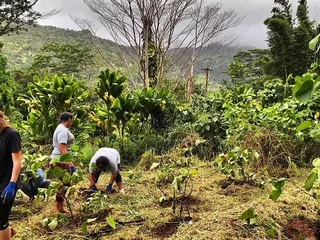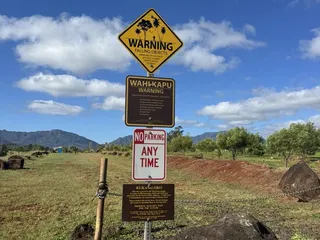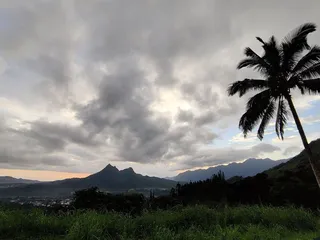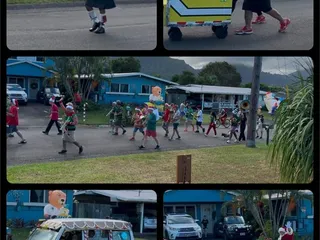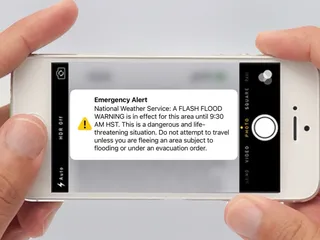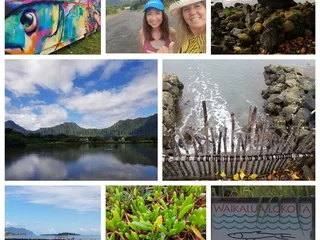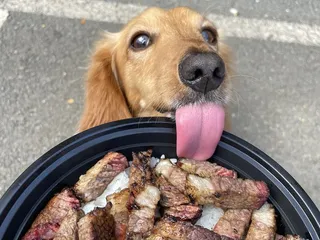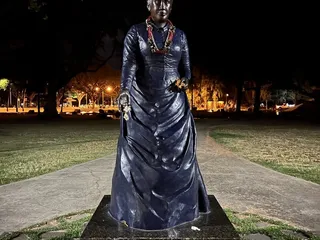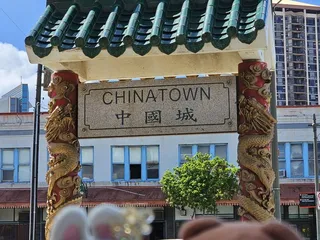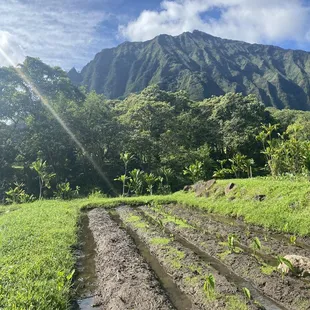
Loi Field
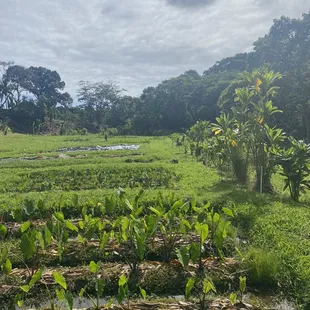
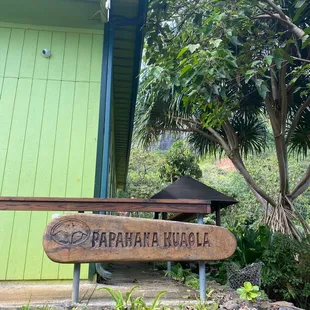
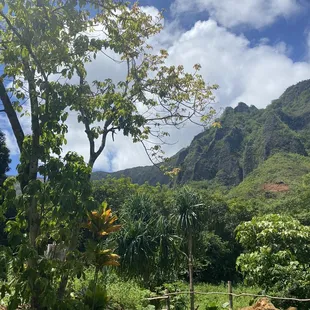
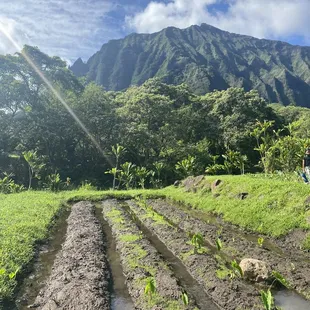
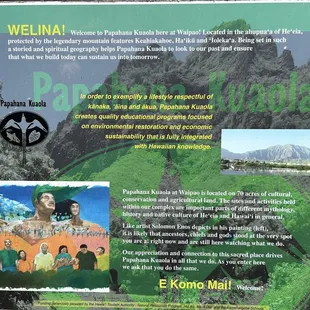
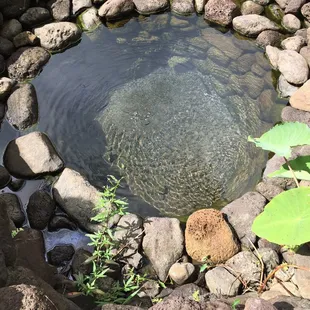
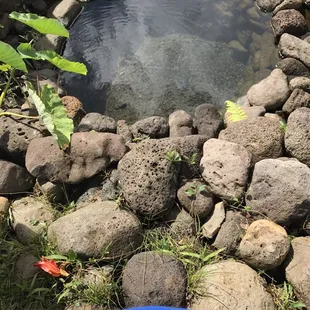
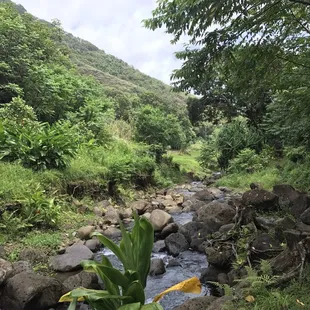

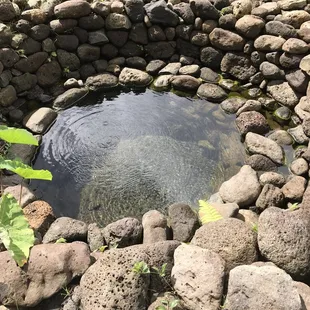
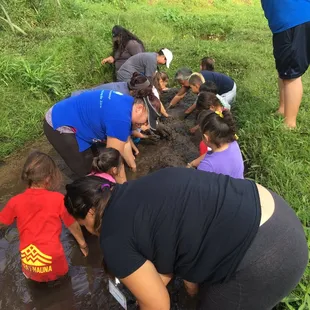
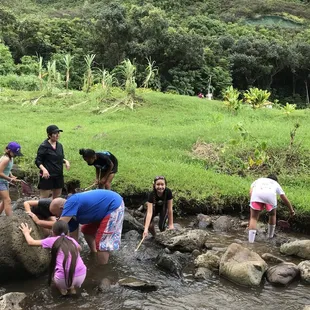
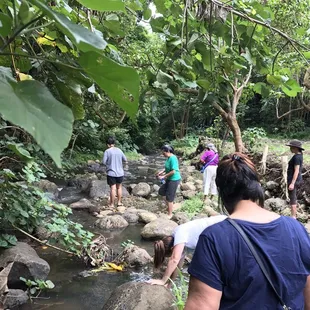
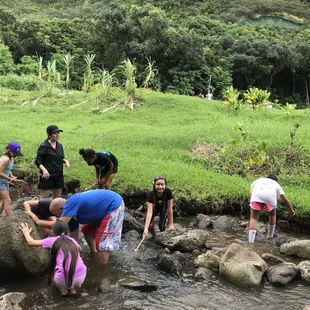
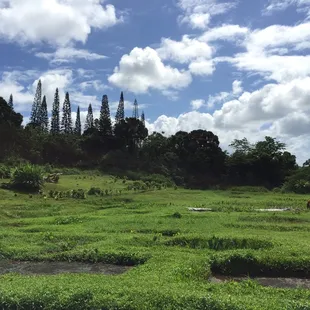
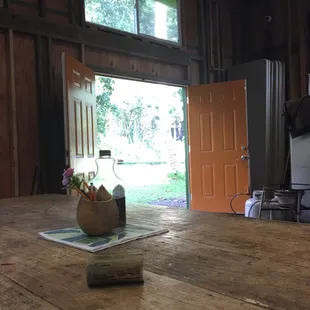
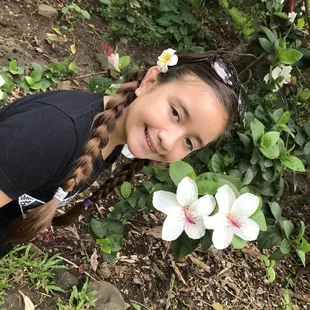
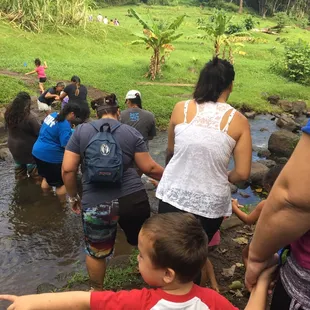
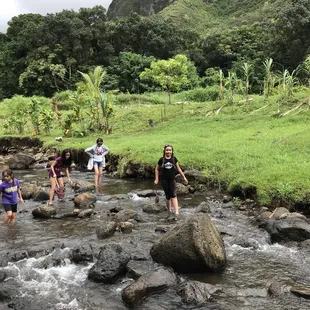
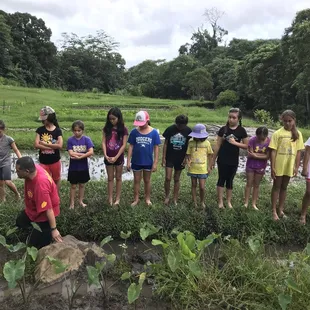


Galia C.
Mar 26, 2022
My second time here and it always gets better. The views are breathtaking, the crew is amazing, and the experience unforgettable. You experience "aloha" and "ohana" while working the "Aina". Definitely coming back.
Read More
Gary N.
Nov 3, 2018
It's awesome what they are doing here. They upkeep the land and teach future generations about how the land was taken cared of in traditional Hawaiian ways. I was lucky to have the opportunity to come here with my school and with my nephew's school. From kalo plants to other Hawaiian plants, there are wonderful things to see here. I especially liked how there were fish swimming in the taro patches.Not sure if you can park inside, but there are places to park right outside. Be careful of falling coconuts from the tree in front.
Read More
Latasha K.
Jun 19, 2019
Reason for visit: e huli i kauhane!! I have been trying to visit for a long time and finally made it. It is a hidden gem and I wish deep in all my heart and soul that it remains that way. I know that sounds awfully selfish...but as we made our way up to Ha'akolea I noticed a few things ....no over beaten heavily traffic path or paths .no opala along the way...no disturbance of surrounding areas...just uilani Mahalo for the day
Read More
Faye M.
Sep 19, 2019
This is a beautiful place!I came here for a 1st birthday luau and the set up was cool. There was a huge tent for the tables and everyone to sit and a big tent for the food...and there was A LOT of food!There was an area to swim in, but I wasn't prepared for the walk/little hike, so I only walked like a quarter of the way! Lol there's also a little stream and a taro patch.
Read More
Holly B.
Jan 22, 2019
Nestled near the base of the mountains in Haiku Valley in Kaneohe is Papahana Kuaola (not Kualoa!), a non-profit Hawaiian education organization whose mission is to cultivate aina (ancestral land) and kanaka (people) to nurture learning, relationships, and lifestyles that enable Hawaii to thrive!We worked to harvest olena (tumeric) from the patch, haul it down to Haiku stream and scrub it clean it for distribution as part of our community service project on Martin Luther King Day.It was so interesting to work with our team leader who was so knowledgeable and educated us as we worked! Hard work, but rewarding and enjoyable!
Read More
Pint Size Gourmets ..
Apr 24, 2014
Today we traveled to the windward side of the island to spend the day with our Aunty Ana who works at Papahana Kuaola, a non-profit organization dedicated to preserving the natural beauty and culture of Hawai'i. We were special guests and had been invited to learn about the importance of taking care of our āina (land).Our first visit was to a "Hale Pili" (traditional Hawaiian home) that is built on an elevated stone platform (called a paepae).The house is made of up durable Hawaiian woods (such as naio). The hale was then thatched over with thick pili grass and lashed with cordage made from the 'uki'uki (a member of the lily family). A layer of grass covered over with lauhala mats formed a clean floor.While such "grass houses" were not meant to last more than five years, they were well able to protect the families from the wind and rain. The only surviving example of an authentic grass house in Hawai'i today is the "200-year-old" hale pili (built sometime before the 1800′s); restored and exhibited on the first floor of the Hawaiian Hall, Bishop Museum.While making our way to the lo'i, there were several preschools and a Hawaiian immersion school visiting the property. All of the children looked excited and eager to learn about our "āina" and "kalo" (taro plant), which is still a food staple in Hawaii and plays and important role in Hawaiian culture and mythology."Kalo", is the Hawaiian name for the taro plant. It is one of the earliest cultivated plants and was the most important crop to the Hawaiian people. Produced in large numbers with different cultivated varieties. Our aunty wanted us to learn about "Kalo" and its importance to the Hawaiians.Our Aunty then told us we would be cleaning a lo'i (taro patch) of our own, preparing it so we could plant kalo in it one day.Aunty Ana explains that maintaing a lo'i is hard work! Making sure the waterways are clear of debris so it can flow through properly, constantly removing weeds and making sure each embankment holds strong and surrounding areas are kept well and groomed are key to a good kalo patch.With the resurgence of Hawaiian culture, many people have participated in the restoration of lo'i around the islands. More and more children are getting involved to learn about their relationship to the āina and each other.After cleaning the lo'i, Aunty Ana took us on a tour of the grounds and we walked up to the fresh water stream to go for a swim.After our swim it was time to go! Aunty Ana had a big group of high schoolers coming to Papahana Kuaola to learn about environmental restoration and economic sustainability.As we made our way back to the car the kids decided they want to come back again and plant the kalo in the lo'i we cleaned out today. They learned a lot about their Hawaiian culture, native plants and most of all loved the lo'i kalo experience.Papahana Kuaola has many activities that are focused towards educating students from preschool onwards. They will work to meet the needs of each school, organization or group. Different programs for kids include;"Lets Get Muddy!": loi kalo experience: Hawaiian connection to kalo, ancestor HāloaĀina O Waipao: a holoholo tour of the loi kalo (taro patches), native gardens, streams and forest.Sense of Place: ahupuaa, land divisions, moolelo, wahi panaHawaiian Spirituality: world view, kinolau (forms of gods)Hawaiian ethnobotany/ethnobiology: implements & tools- show, touch & tellNative plants and animals: how did they arrive, native vs. non-native/invasive speciesResidents of Waipao: The crawlers, swimmers, wrigglers and winged onesWhat a wonderful experience, we look forward to spending our entire summer here!To arrange a group visit call Papahana Kuaola and ask for "Aunty Ana"! :)
Read More
Nanea L.
Feb 29, 2012
I love it here! Off of the free way take a left then take another left then go straight and there you are! It is a great place to perpetuate your hawaiian culture or just a fun place to take your family to experience a little bit of the old and new hawaii! You get to open up new kalo patches along with plant and clean out the streams that feed them! I come here to help out, get more involved with my hawaiian club, and spend time with my family! :)
Read More
Michele T.
Mar 27, 2019
I've left numerous messages this week and no one answers the phone or called me back. Wondering if they are off this week. Does anyone know anything?
Read More
Rox Y.
Oct 17, 2019
Beautiful peaceful place to be Did a class out there and the spiritual feeling you get is so strong and so peaceful its so hard to explain!
Read More
Coreen L.
Aug 20, 2014
Tucked in the valley of Ha'iku is this beautiful refuge, where environment and culture are alive. Papahana Kualoa offers quality educational programs for all ages, connecting individuals to the land, through environmental restoration and economic stability efforts. The staff and volunteers are welcoming and knowledgable, willingly sharing lessons and information while inspiring young minds. A great environment for hands-on learning and exploration also reconnecting to cultural knowledge and language.
Read More